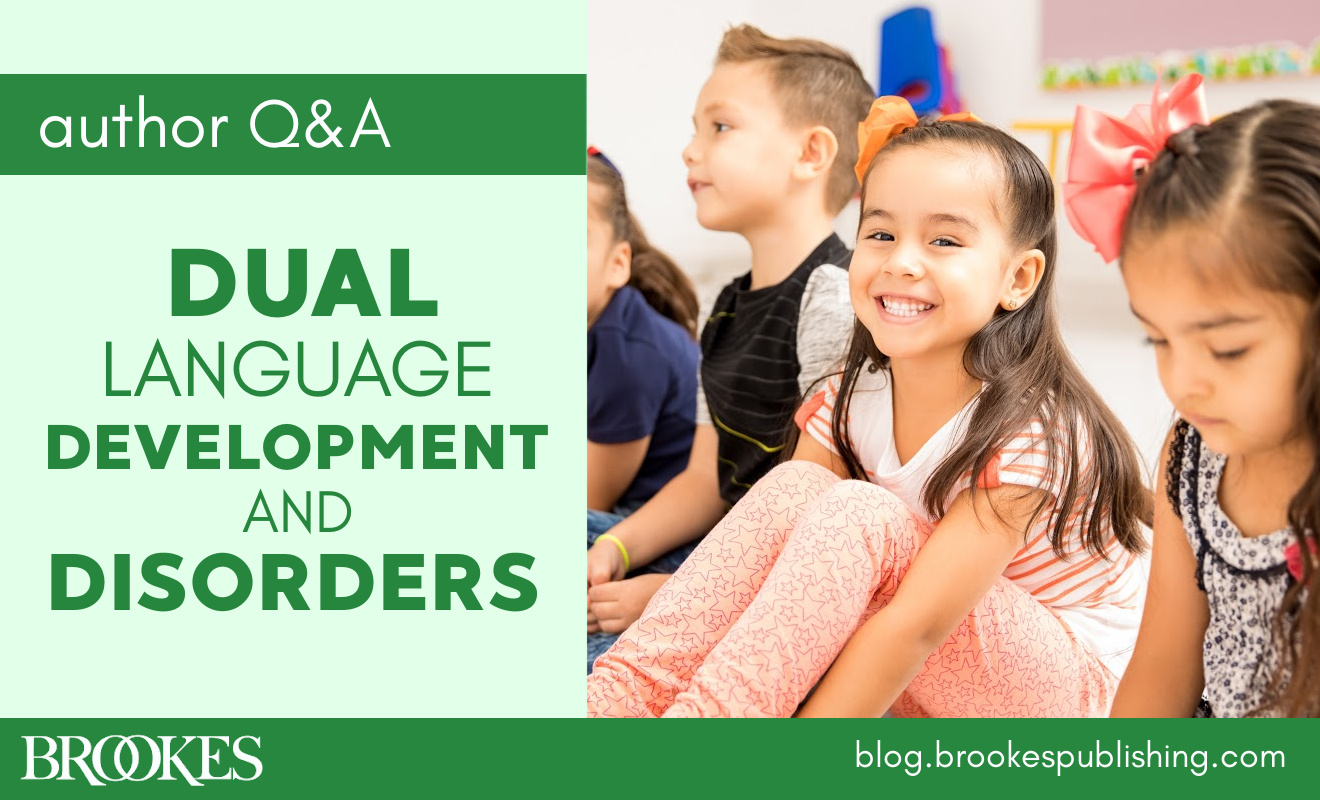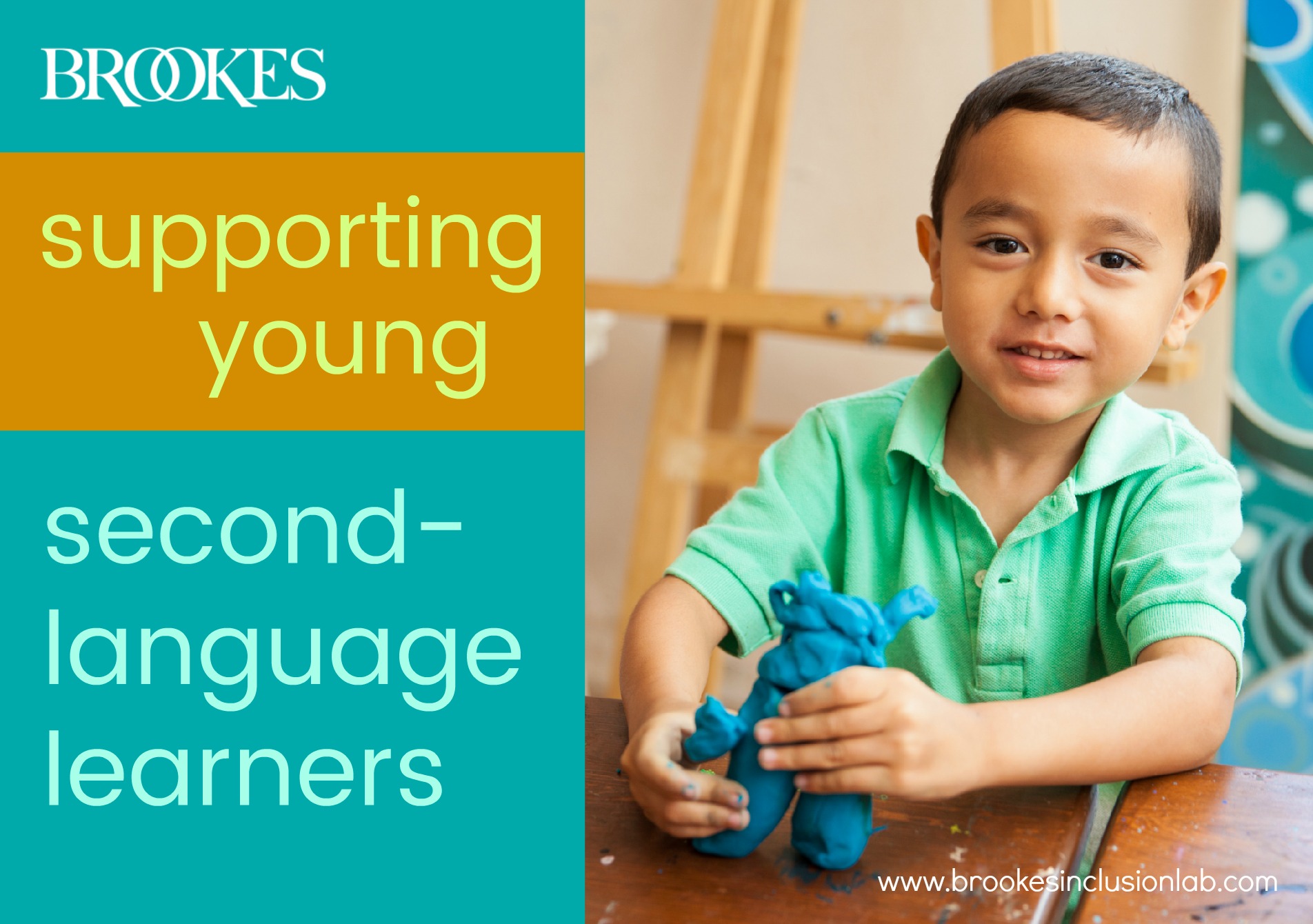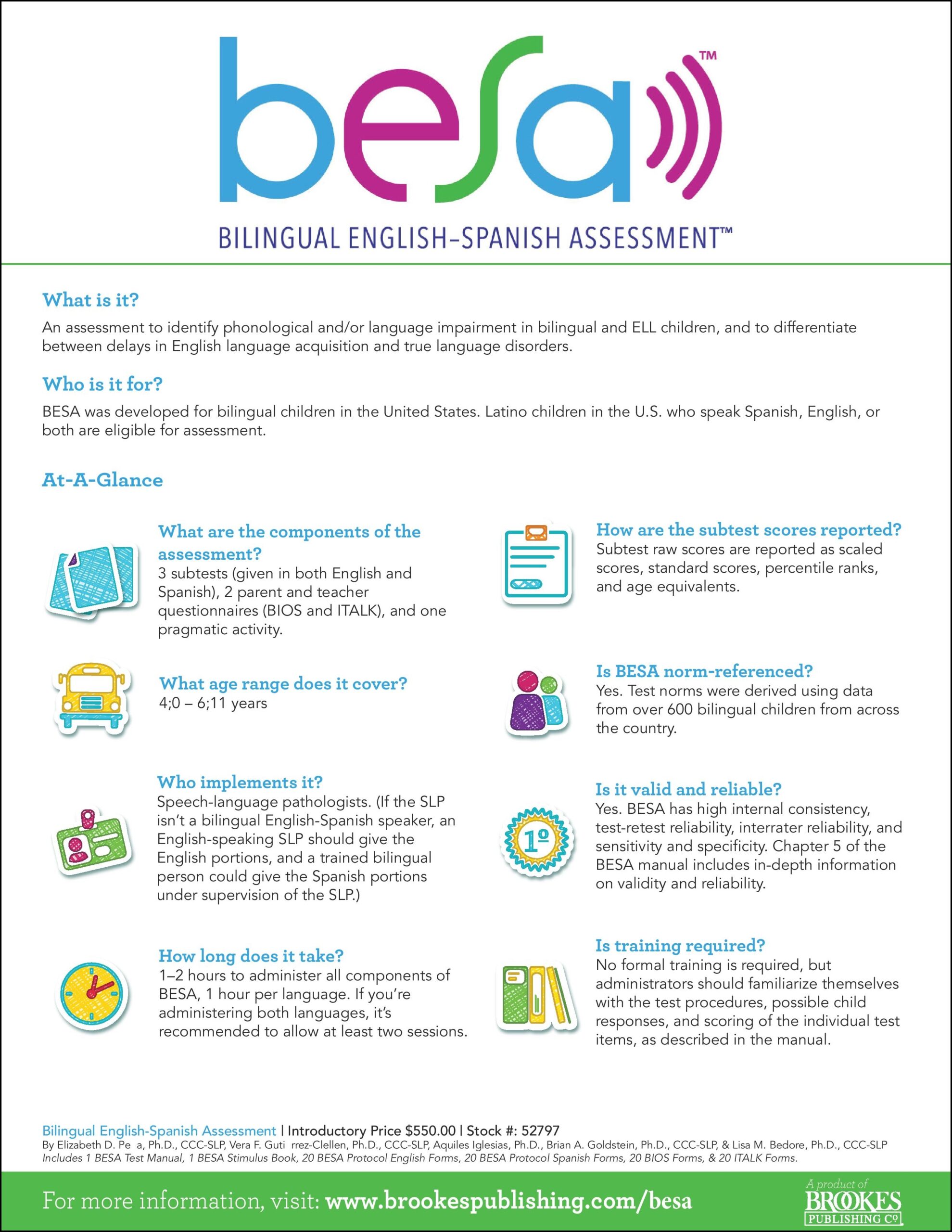Measures like the Bilingual English–Spanish Assessment (BESA) are critically needed to comprehensively examine the language development of bilingual preschoolers.
—Sandra Barrueco, The Catholic University of America
When a young bilingual child experiences language difficulties, how can you tell if those challenges are due to a disorder or just limited exposure to the English language? That’s a key question many SLPs have struggled with. Because while limited language exposure will fix itself over time, a language impairment is a clinical issue that needs timely and effective intervention to ensure the best possible outcomes in school.
 The good news is, SLPs can get the big picture of young children’s progress and needs with the Bilingual English-Spanish Assessment™ (BESA™). Developed by experts in bilingual language development and assessment, BESA specifically responds to the needs of children ages 4 through 6 years who have varying degrees of bilingualism. Today’s spotlight post introduces you to the uses of BESA, gives you a short summary of how it works, and highlights the key benefits of this valid and reliable assessment.
The good news is, SLPs can get the big picture of young children’s progress and needs with the Bilingual English-Spanish Assessment™ (BESA™). Developed by experts in bilingual language development and assessment, BESA specifically responds to the needs of children ages 4 through 6 years who have varying degrees of bilingualism. Today’s spotlight post introduces you to the uses of BESA, gives you a short summary of how it works, and highlights the key benefits of this valid and reliable assessment.
Bilingual English-Spanish Assessment™ (BESA™)
 By Elizabeth D. Peña, Ph.D., CCC-SLP, Vera F. Gutiérrez-Clellen, Ph.D., CCC-SLP, Aquiles Iglesias, Ph.D., CCC-SLP, Brian A. Goldstein, Ph.D., CCC-SLP, & Lisa M. Bedore, Ph.D., CCC-SLP
By Elizabeth D. Peña, Ph.D., CCC-SLP, Vera F. Gutiérrez-Clellen, Ph.D., CCC-SLP, Aquiles Iglesias, Ph.D., CCC-SLP, Brian A. Goldstein, Ph.D., CCC-SLP, & Lisa M. Bedore, Ph.D., CCC-SLP
 Why BESA?
Why BESA?
BESA was developed for bilingual children in the United States—Latino children in the U.S. who speak Spanish, English, or both are eligible for assessment. The 4 primary purposes of BESA are:
- Identifying phonological and/or language impairment in bilingual children and English language learners using a standardized protocol
- Differentiating between a delay in English language acquisition and a true language disorder
- Documenting children’s speech and language strengths and needs
- Monitoring children’s progress in both languages and use the information to make decisions about intervention
How BESA works
 BESA is designed to be implemented by bilingual speech-language pathologists. It takes about 1 – 2 hours to administer all components of BESA, 1 hour per language. Through a combination of subtests for students and surveys for teachers and parents, BESA reveals the big picture of a young bilingual child’s language development.
BESA is designed to be implemented by bilingual speech-language pathologists. It takes about 1 – 2 hours to administer all components of BESA, 1 hour per language. Through a combination of subtests for students and surveys for teachers and parents, BESA reveals the big picture of a young bilingual child’s language development.
Comprehensive assessment includes:
Pragmatics activity
This 5- to 10-minute warmup activity, in which children are asked to “help wrap a present” with the examiner, is used to establish rapport with the child and give clinicians an idea of how collaborative and interactive the child will be during the rest of the assessment. It provides the clinician an overall picture of the child’s pragmatic skills.
3 subtests (in both English and Spanish)
Administered with children one-on-one, these three standardized, norm-referenced subtests address the key domains of morphosyntax, semantics, and phonology.
2 questionnaires
The SLP gathers more information by interviewing both parents and teachers.
- Bilingual Input-Output Survey (BIOS): determines Spanish and English use at home and school and pinpoints which language(s) need testing
- Inventory to Assess Language Knowledge (ITALK): identifies the parent’s and teacher’s perception of the child’s performance in each language and highlights areas of possible concern
BIOS and ITALK can be used separately as a first step to identify the child’s primary language. Use the two surveys together to determine how much the child uses English and Spanish at home and school and figure out which languages to assess.
What are the benefits?
There are currently very few assessment tools for bilingual children, and even fewer that are valid and reliable. BESA is both—answering the call for a bilingual assessment backed up with solid evidence of validity and reliability.
 Here are a few other key benefits of BESA:
Here are a few other key benefits of BESA:
- It’s culturally and linguistically appropriate. BESA subtests are different for each language; the Spanish subtest isn’t just a translation of the English one. Dialects were taken into consideration—the norming sample included 17 Spanish dialects and 7 regional dialects for English—and items were developed for each language based on the markers, structure, and culture of that language.
- It uncovers the full picture of a child’s language development. Not only does BESA identify language impairments, it also helps you gauge progress in both languages and document a child’s dominant language across different domains of speech and language. This critical information will help you plan interventions and educational programming for bilingual children.
- It’s flexible and convenient. You can use each BESA component independently or combine them as part of an assessment battery. Choose which component you want to give—you’re not required to administer both the English and Spanish subtests. BESA can also be given over multiple sessions, so you can easily fit it into your schedule.
Want to learn more about BESA? Here are three free resources to get you started:
 Led by BESA co-developer Dr. Elizabeth Peña, this webinar clarifies the uses of BESA, walks you through administration, and more.
Led by BESA co-developer Dr. Elizabeth Peña, this webinar clarifies the uses of BESA, walks you through administration, and more.
Get this handy at-a-glance one-sheet that summarizes key facts about BESA.
Preview the first chapter of the manual to get an overview of and rationale for the BESA assessment.
Stay up to date on the latest posts, news, strategies, and more!
Sign up for one of our FREE newslettersMore posts like this

Dual Language Development & Disorders: 7 Questions with 2 Experts
June 29, 2021
5 Ways to Support Language & Literacy Skills in Young Dual Language Learners
August 26, 2021



Write a Comment
Your email address will not be published. Required fields are marked *
Post a Comment